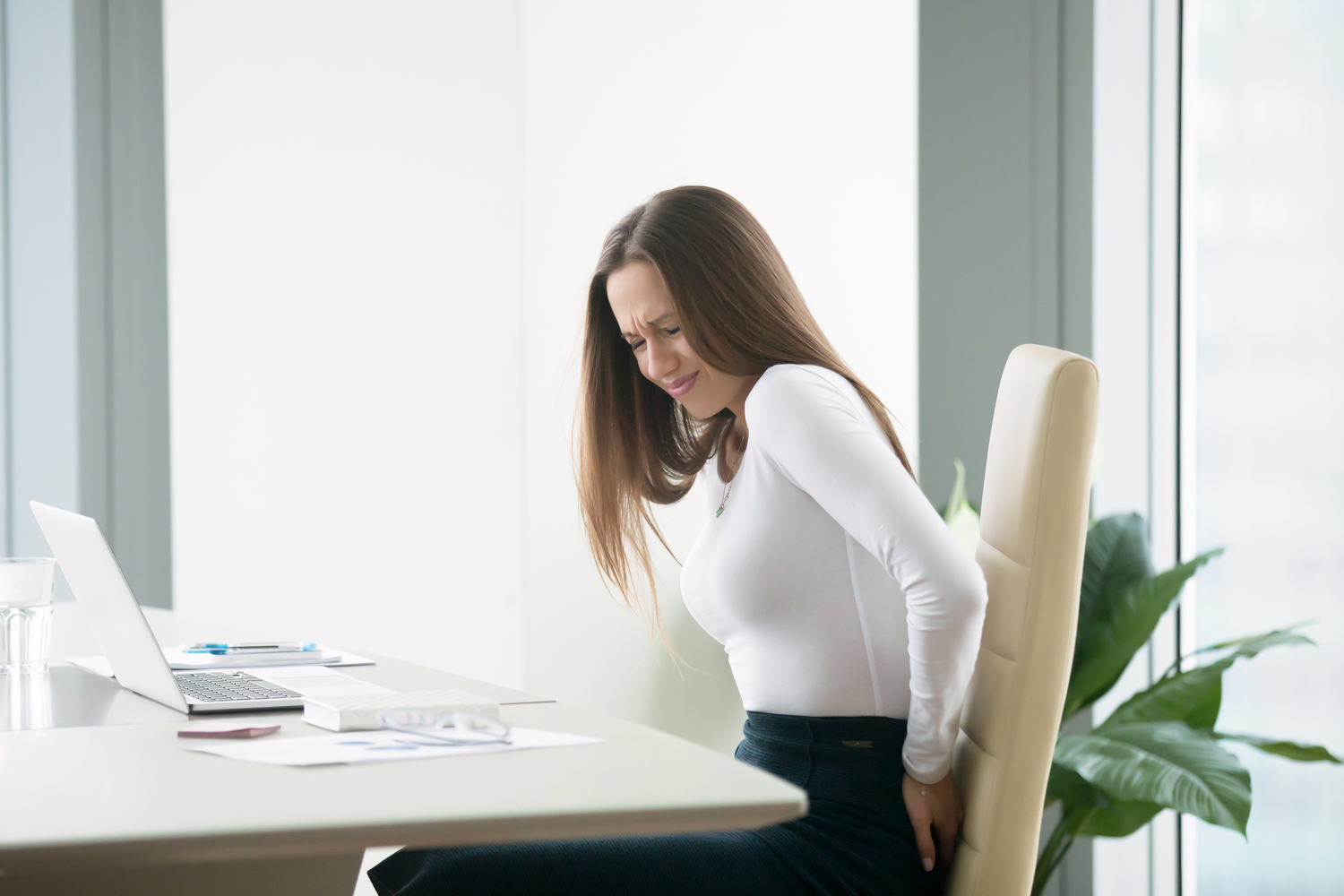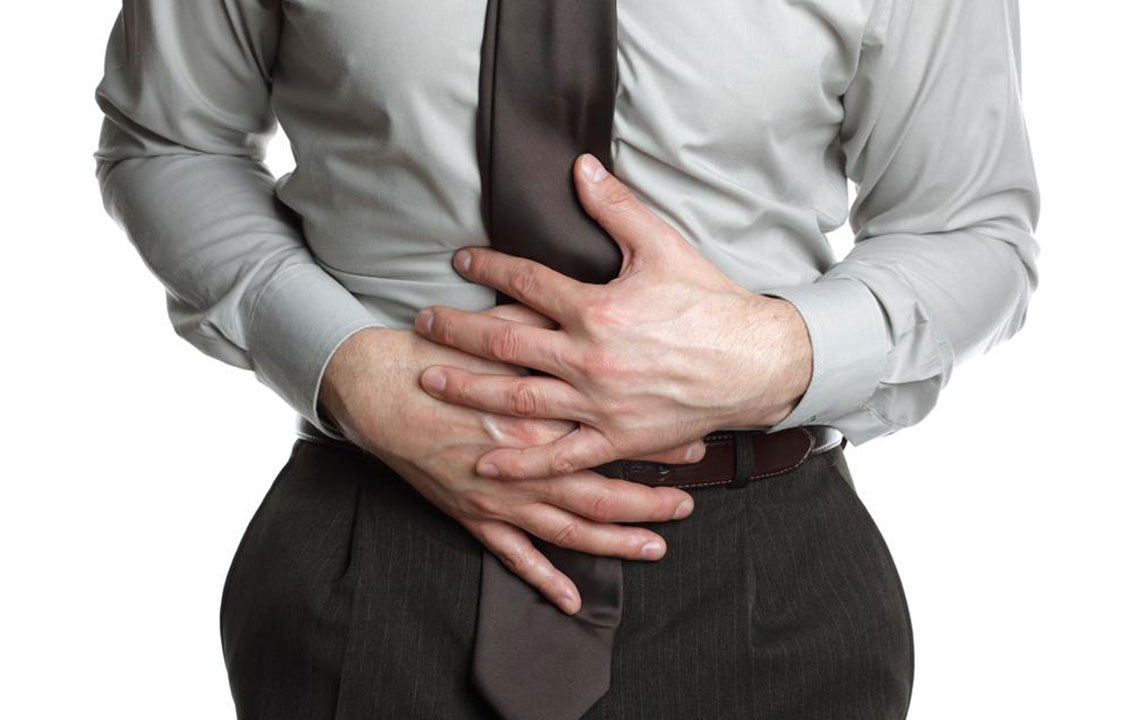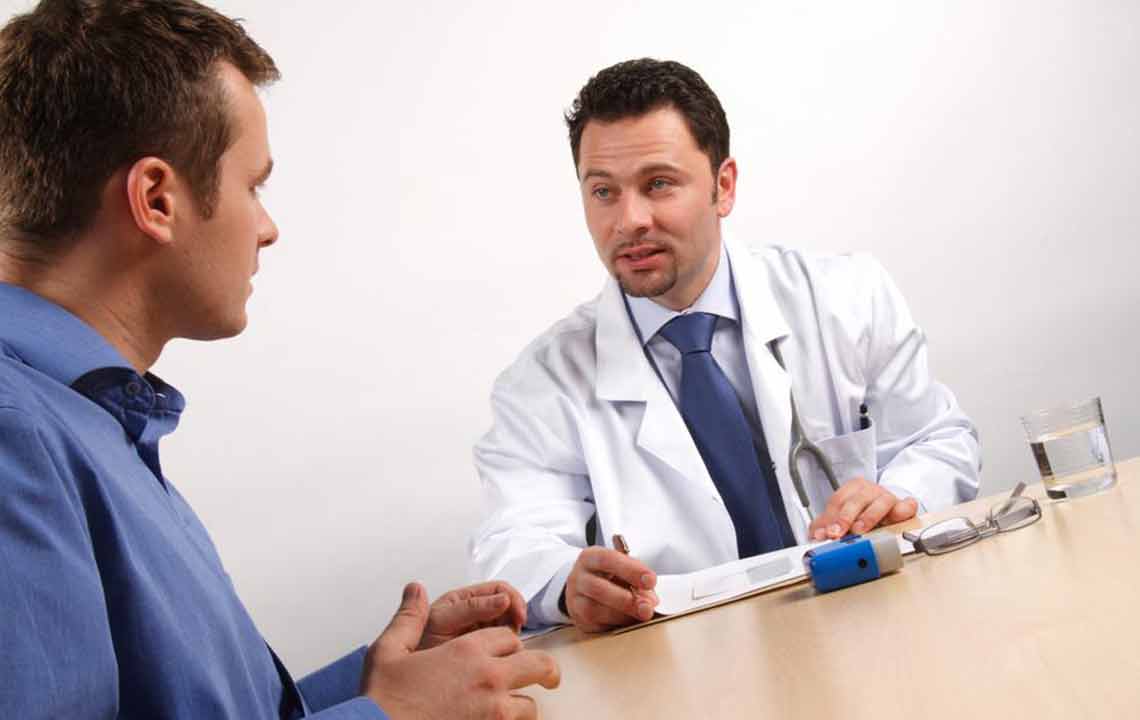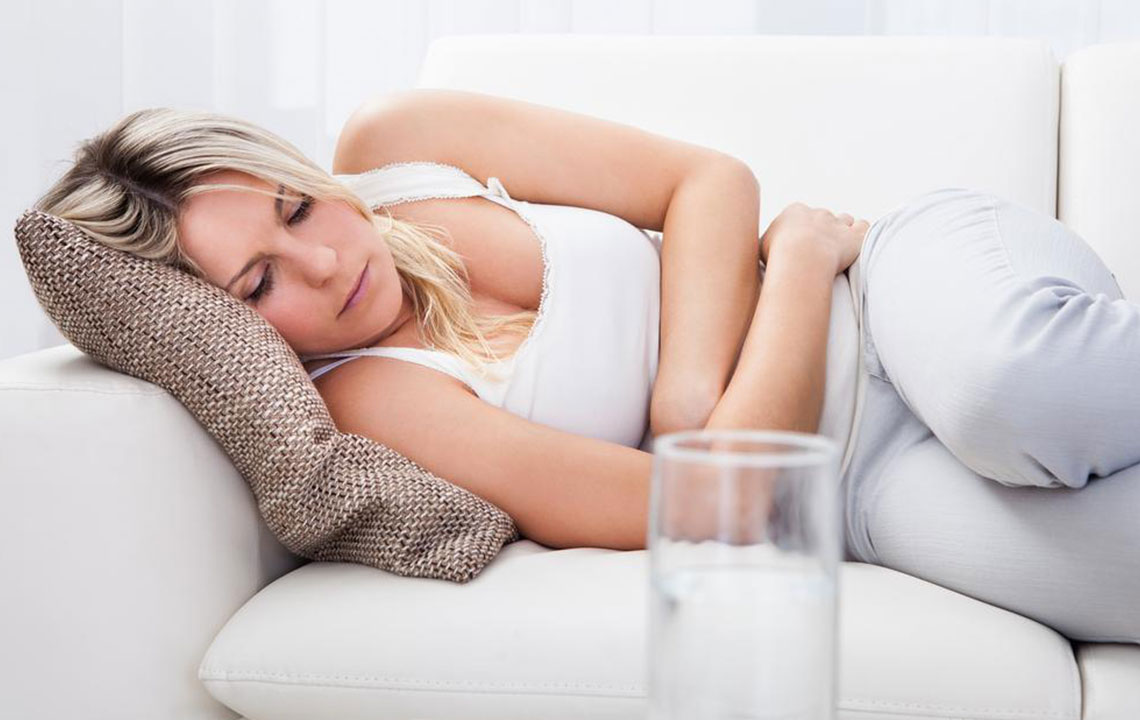A Complete Overview of External Hemorrhoids: Causes, Symptoms, and Care
Learn about external hemorrhoids, including their causes, symptoms, diagnosis, treatment options, prevention strategies, and care during pregnancy. The article offers practical advice for effective management and when to seek medical help, emphasizing the importance of timely intervention for relief and health preservation.

External Hemorrhoids: Causes, Symptoms, and Effective Treatments
Key facts about external hemorrhoids
External hemorrhoids appear around the exterior of the anal opening, causing discomfort, swelling, itching, and pain. Common causes include straining during bowel movements, sitting too long on the toilet, or pressing too hard. Symptoms may involve bleeding and skin irritation, necessitating prompt attention. Mild cases often respond well to home care, while severe or ongoing symptoms might require medical procedures. If pain worsens or symptoms persist, seeing a healthcare provider is essential for proper diagnosis and tailored treatment plans.
Reasons Behind External Hemorrhoids
Prolonged sitting on the toilet, a low-fiber diet, pregnancy, and heavy lifting are typical contributors.
Other risk factors include obesity and extended standing periods.
Conditions like fluid buildup in the abdomen (ascites) can increase pressure, promoting hemorrhoid development. Consulting a healthcare professional is advised for proper management.
Identifying External Hemorrhoids and Diagnostic Methods
Noticing bleeding or blood clots should prompt a medical consult for accurate diagnosis.
Healthcare providers may conduct visual exams or digital rectal assessments.
Since other issues such as anal fissures or cancer may cause similar symptoms, diagnosis aims to differentiate these conditions.
When Is Surgery Indicated for External Hemorrhoids?
Surgical removal can be effective for thrombosed hemorrhoids causing intense pain.
The procedure is typically done under local anesthesia and is best within 72 hours of symptom onset.
If beyond this period, symptoms often subside naturally, making surgery less necessary unless pain persists.
Care During Pregnancy
Pregnant women may use safe remedies like warm sitz baths and cold packs to ease discomfort.
Always consult a healthcare provider before using ointments or topical treatments.
Seeking medical advice ensures safe, pregnancy-friendly options for pain relief.
Prevention Tips for External Hemorrhoids
Diet rich in fiber and adequate hydration help prevent constipation and hemorrhoids.
Regular physical activity facilitates healthy bowel movements.
Avoid ignoring the urge to defecate and limit time spent straining on the toilet.
Consult your healthcare provider for personalized advice and treatment options for external hemorrhoids.


